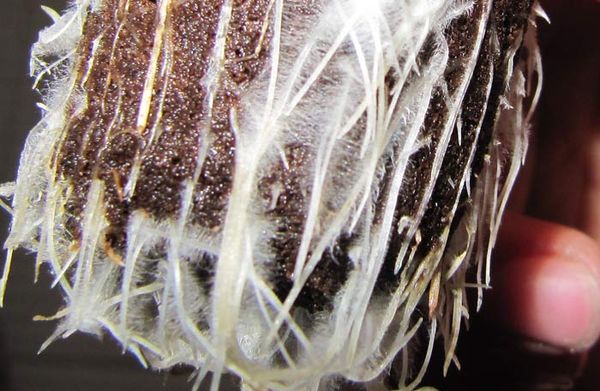- As more and more cannabis growers decide to go organic — a method that is both environmentally friendly and beneficial to health — the use of beneficial fungi is establishing itself as a useful tool to prevent pests and diseases from harming your cannabis crop. In this post, you will learn how to use these fungi to your advantage, it’s all about the mycorrhizas.

What are mycorrhizas?
The word mycorrhiza is used to define the symbiotic association between certain beneficial fungi and most species in the plantae kingdom, applying to 6,000 different types of fungi. In a mycorrhizal association, the beneficial fungus colonizes the roots of a plant without harming it — quite the opposite, actually — as it contributes to its development and makes it more resistant to adverse environmental conditions (pests, drought, humidity, etc.).
Why to use mycorrhizas for cannabis growing?
Using mycorrhizal fungi in cannabis growing is an effective way of promoting the health of plants, which in turn contributes to improving their performance. Here are the main benefits of this symbiotic association:
1- Improves the uptake of nutrients
The roots of the plant absorb the nutrients in the soil surrounding them as they grow, and once it becomes depleted of nutrients, they grow longer searching out new soil areas that are still nutritious. When a mycorrhizal association comes into play, the plant makes more efficient use of certain nutrients such as phosphate, which results in greater plant growth potential and in a significant increase in its production capacity.
This association is mutually beneficial, as the plant gets nutrients and water while the fungus uses the carbohydrates and the vitamins photosynthesized by the plant. This is the reason why mycorrhizas can contribute to the production of better crops in cannabis growing.
2- Boosts resistance to drought
Mycorrhizal associations enhance the plants’ resistance to adverse environmental conditions, particularly drought. According to various studies, mycorrhizal associations increase the water holding capacity of plants by creating water storage structures inside the roots. The microscopic filaments of the beneficial fungi retain the water, serving as small water reserves that benefit both the plant and the planet — mycorrhizal plants tend to need less watering.
3- Protects plants against harmful pathogens
Mycorrhizas create a barrier around and even inside the roots that stops certain pathogens from penetrating the roots and colonising the plant. And even if they made it through, most probably they would be eliminated by the inner structure mycorrhizas create. Thus, this symbiotic association is a great way of protecting your cannabis plants from disease.
4- Improves soil structure and retains carbon
As the filaments of the mycorrhizal fungi spread, they bind soil particles together, creating structures that improve soil aeration and water stability. Further, these fungi produce glomaline, an essential compound for the soil that is responsible for storing one third of the planet’s soil carbon. Glomaline stabilizes the soil, prevents carbon from leaking into the atmosphere and remains active even after the death of the fungus.
Mycorrhizas are highly beneficial to the environment mainly because the fungi involved have the capacity to associate with more than one host at a time, creating an extensive network that spans plants and trees of different species and contributes to the overall balance of the ecosystem.
5- Stops other plants from growing
Some mycorrhizal fungi have the ability to hinder or impede the growth of plants other than their host, which proves to be beneficial to cannabis as it results in fewer weeds growing in the same soil as the marijuana plants. Today, there is a wide variety of easy-to-use, organic products containing microorganisms that can effectively contribute to the development of marijuana plants, increasing both the quality and the quantity of your cannabis flowers. Enjoy your crop!



Comments from our readers
Read comments in other languages:
Did you like this post?
Your opinion about our seeds is very important to us and can help other users a lot (your email address won't be made public).